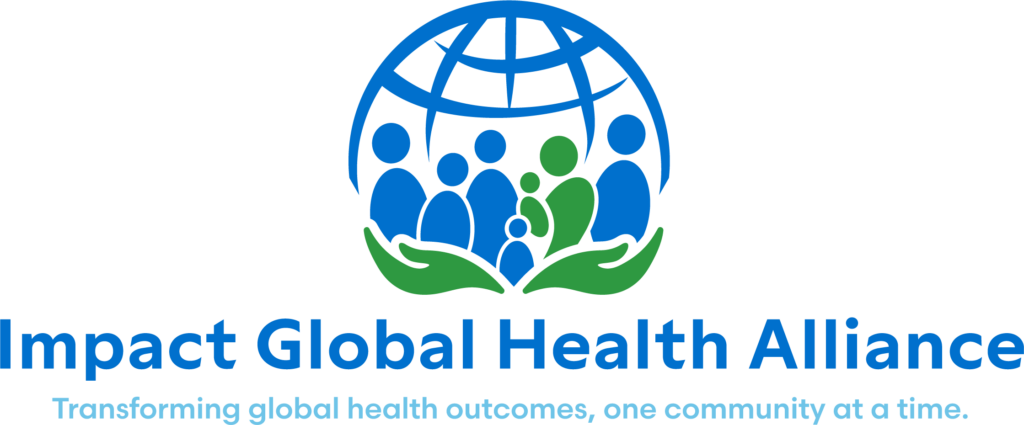One of the fundamental aspects of our work is bringing health services to the people when and where they needed most. One question we often get is “Wouldn’t it be easier to build a health center and have everyone come to the center for services?” Although health centers serve an invaluable role in reducing mortality, unfortunately, this strategy doesn’t always work. At least not on its own.
The model often employed in global health intervention is one of “if you build it, they will come” – meaning, if you build a health center (especially in a community in need), people will show up looking for health services. Unfortunately, this strategy has been proven to fail too many times in the global health arena. In the communities where we work, for instance, there often is not a culture of seeking health services when they are needed. For one, there are often many barriers between community members and the health services they need – financial, geographic, and cultural, to name a few – that make seeking health services a less than desirable option. In addition to these barriers, there is also a widespread lack of awareness of the signs and signals that indicate when health services are needed. So, even if an individual is open to seeking health services, they may not know when they need to do so.
A huge part of our work in Guatemala has been to educate people on when to seek health services. This includes educating community members – especially mothers – to recognize danger signs during pregnancy, labor, and post-partum, as well as signals of illness in their children. For instance, we educate mothers on recognizing the early signs of a respiratory infection in their child, which can lead to pneumonia, one of the top causes of mortality in children under five. We also teach them how to manage an early infection and, most importantly, we educate them on the signs that the infection is worsening and that their child needs to see a healthcare provider.
Educating mothers is one of the single most effective ways to reduce unnecessary deaths. When we educate a woman about her own health and that of her children, we are empowering her with basic, lifesaving health information. We are equipping her with the tools to recognize and respond to illness in her family. And we’re also teaching her to recognize when illness has reached the point of needing medical attention. So that when we build a health facility, it will be utilized by the community it is meant to support, bringing valuable lifesaving health services to the people it is intended to reach.
You can actively support the efforts of Impact Global Health Alliance Global to bring education as a tangible way to reduce preventable deaths in remote communities by giving a gift of any size today.





